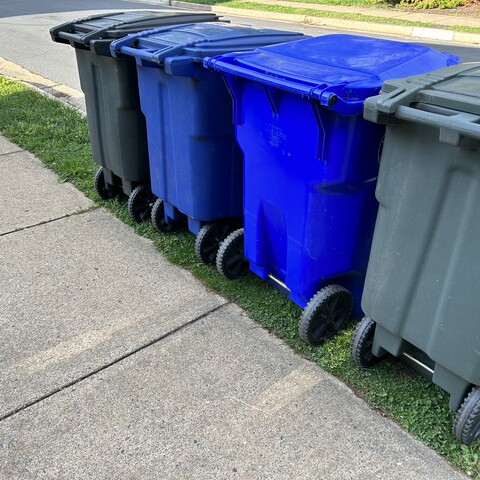Are Paper Cups Sustainable?
Ever grab a paper cup for your morning coffee? They're handy, keep things clean, and convenient for on-the-go.
But with growing concerns about sustainability, you might wonder: Are they bad for the environment? Are paper cups sustainable?
Let's explore the facts about paper cups.
Sustainable Sips: Paper Cups Made from Responsibly Managed Forests

Paper cups are a sustainable choice. Here’s why:
- Made From a Renewable Resource: Paper cups are made from renewable resources – wood fiber sourced from responsibly managed working forests. These forests play a vital role, capturing carbon dioxide and keeping our air clean.
- Managed Forests are Planted for the Future: Sustainable forestry practices ensure trees are replanted on working forests. The U.S. pulp and paper industry is not linked to global deforestation and forest degradation.
- U.S. Forests are Strong: 1/3 of the U.S. is forested. And more than 1 billion trees are planted in the U.S. each year!
So, next time you grab a paper cup, you can feel good knowing it comes from a sustainable resource.
Paper Cup Recycling is Growing
Understanding the Impacts of Reusables
Sustainability is an important consideration when making purchasing decisions. Reusable options have their own environmental impacts and considerations such as:
- Production: Many reusable cup options are made from fossil-based, non-renewable or non-recyclable materials. Manufacturing reusable cups requires energy and generates emissions.
- Hygiene: The design of a reusable cup can lead to mold and bacteria build-up. Hygiene also becomes a concern in high-volume restaurants or places like airports.
- Transportation: Reusable cups are heavier than paper cups. This can generate more emissions during shipping.
- Washing: Washing reusable cups, especially on a large scale, can negate environmental benefits.
Ultimately, the best choice for you depends on the situation and personal preference. But paper cups are an important part of advancing sustainability goals. They are made from renewable resources and can be recycled into new products.
Want to Learn More About the Sustainability of Paper?
AF&PA members have 5 quantifiable sustainability goals they aim to achieve by 2030 through our Better Practices, Better Planet 2030 initiative.
We’re working to further reduce our greenhouse gas emissions, advance water management, resilient U.S. forests and the circular value chain.

